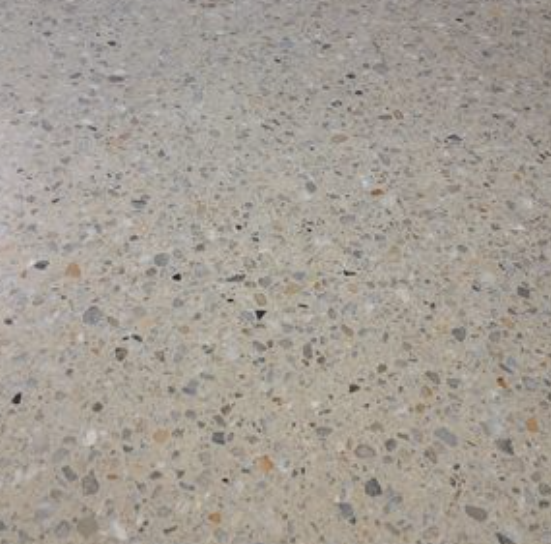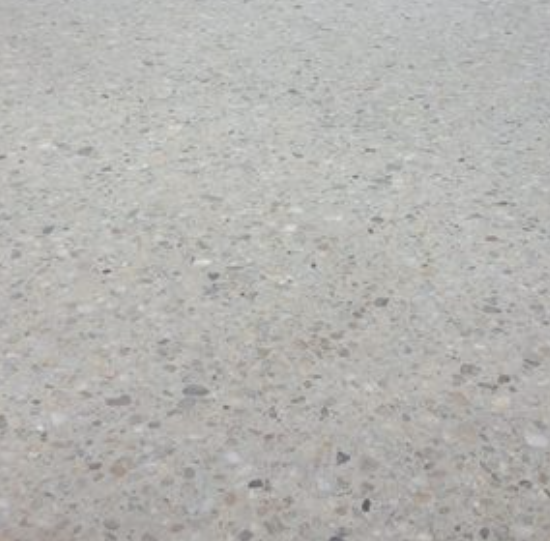Mechanically Polished Concrete Vs Coatings
Mechanically Polished Concrete
The mechanical polishing system employs grouts and densifiers to harden concrete, preparing it for polishing. While a mechanically polished floor may initially cost more than a grind and seal, its long-term benefits justify the investment. After 20 years, if the floor begins to fade, it can be easily re-buffed to restore its original shine. Additionally, if the concrete needs to be cut or drilled for repairs or renovations, spot repairs are straightforward since there is no coating to redo.
It is also a more environmentally conscious choice as it doesn’t use polyurethanes or epoxies.
Coated Concrete
The grind and seal system involves coarse grinding of the surface followed by the application of polyurethane or epoxy. This creates a glossy, clear coating over your floor, but it has several drawbacks:
The coating can scratch and peel, lasting no more than five years. Once it fails, the entire floor must be re-ground, as remaining flaking sealer needs to be removed.
The surface can appear uneven.
Polyurethanes and epoxies are increasingly avoided due to environmental concerns.
Although mechanically polished floors are initially more costly than grind and seal, their benefits outweigh the extra expense. After 20 years, if the polish begins to fade, it can be easily re-buffed to restore its original shine.
Concrete Finishes
Some decisions on the desired finish must be made before the concrete is poured such as:
aggregate colour and size
cement colour (grey or white)
oxides (a huge range of colours are available to add to a concrete mix)
additional features such as glass (generally broadcast by hand at the concrete finishing stage)
Finish decisions made at the grinding stage, essentially these boil down to two factors:
how much aggregate (the stone in the concrete mix) to expose gloss level from a matte finish to a full gloss
Level of aggregate exposure:
zero exposure – to achieve a zero exposure floor the concreter has to leave a flat finish
salt and pepper – two to three mm will be removed from the surface to create this random exposure look
full exposure – four to five mm will be removed to create an even finish









